I love the word ‘psycho.’ It is a harsh by-word used to describe someone’s deplorable actions. Men use it to describe their ex-girlfriends, wives and female bosses. Comments like: “Oh man, that bitch is a complete psycho. Trust me. That’s why we broke up.” Similarly, women also use this term to describe a significant other, or male boss. Such blanket statements using the term ‘psycho’ leave further elaboration unnecessary.
The word ‘psycho’ found its way into film and pop culture, most notably in Alfred Hitchcock’s 1960 movie, “Psycho”. I have always loved that dark, psychological movie, now all the more so since the eerie house is based on a home in Haverstraw, NY, the village I call home.
American painter Edward Hopper, who was raised in Upper Nyack, NY (5 miles from Haverstraw), painted “House by the Railroad” in 1925. It is a Victorian home which still stands on route 9W in the Village of Haverstraw. Years later, it caught the attention of famed director Alfred Hitchcock, inspiring him to create a ghostly replica. The iconic centerpiece of the movie, an old home with dilapidated facades, was known as the Bates Mansion.

Left: Edward Hopper “House by the Railroad”, Bates Mansion in the movie “Psycho” and the original house Hopper painted in the Village of Haverstraw, NY, on 9W.
Even though the Victorian Haverstraw house still stands today in all her restored glory, the stately house continues to inspire artists to appropriate it into new works of art.
The most recent example sits along the rooftop garden of the Metropolitan Museum of Art in NYC, overlooking Central Park. “Transitional Object: Psychobarn” is the Met’s newest site-specific commissioned work fabricated by British artist Cornelia Parker. From the surface, the 30 foot sculpture resembles a smaller version of a Victorian house with four facades. When in fact, the structure has 2 facades propped up by scaffolding. Parker was inspired by Hopper’s painting and Hitchcock’s ‘Psycho’ house, along with another emblem of Americana, the Red Barn. She repurposed and deconstructed an original red barn from an existing dairy farm in upstate NY. The final result is a synthesis of the duality of these instantly recognizable symbols–the red barn and the sinister house from ‘Psycho,’ an icon of cinematic architecture.
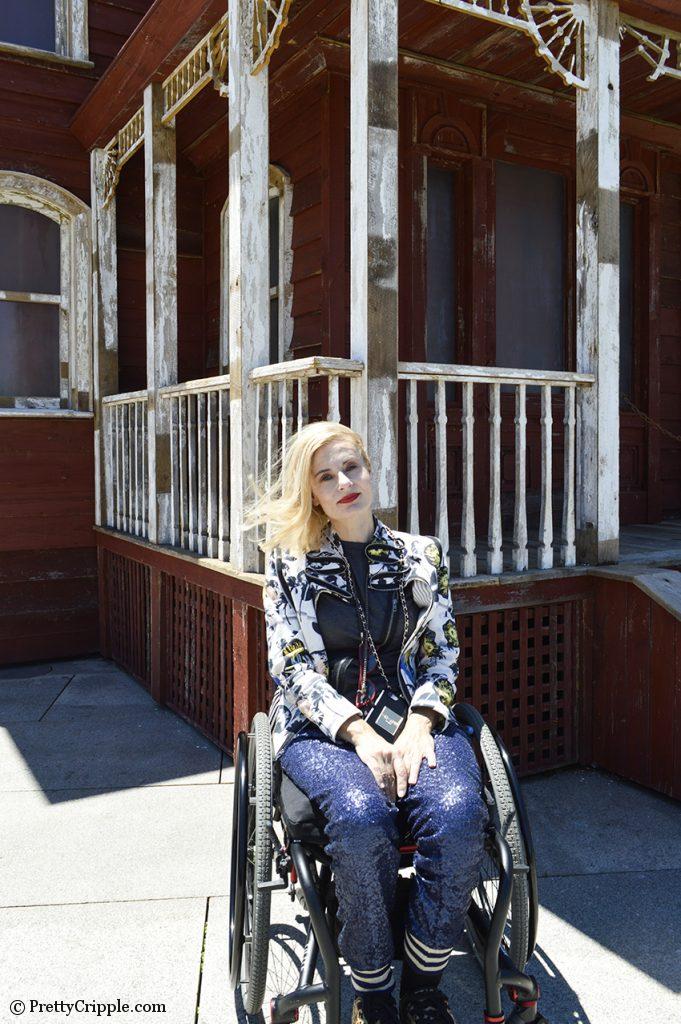
Oh boy, look how pale I am. I resemble someone who has lived in that house shut-in since birth, and has only recently emerged to see sunlight for the first time. Get some sun psycho-bitch!
I was excited to visit Parker’s newest artwork sitting on The Met’s rooftop on a glorious Thursday afternoon. At first glance, I was spellbound by the incongruity of a derelict Victorian house, perched in the sky, set against the New York City skyline. It was a study in the contrast of iconic traditional Americana with brash modernity. The meticulously manicured green shrubs surrounding the structure made me snicker even more since it represents America’s landscaping obsession. Mowing, sodding, planting just the “right” acceptable shrubs and lawn maintenance have always struck me as a superfluous chore, one reflective of a conformist mentality in the ‘burbs. Shouldn’t more time be devoted to ridding the junk inside, rather than masking the exterior? I’m all for wild weeds and overgrown shrubs while I tend to more important issues.
I enjoyed observing the tourists and visitors contemplate the meaning behind the installation. For children, they were awed by what appeared to be a decrepit oversized dollhouse. For others, it was the perfect opportunity to stage a photo-op with their intrusive selfie stick. For me, Psychobarn had many layers of interpretations and meaning. The most salient came from the psychological underpinnings of the movie, Psycho. Norman Bates, the protagonist, played by Anthony Perkins, was a tortured soul possessed by his dead overbearing, cruel mother. He sought to escape his torture by murdering his victims, so as not to become attached to them. As I sat staring into the windows of the installation, I imagined how great it would be to see Norman, dressed as his mother in a grey wig, peer from the window with a butcher’s knife. The installation would become even more interactive, scaring the crap out of spectators and adding another element of surprise. I wondered if anyone else was analyzing this piece of artwork in this way? Did they seek to find the true meaning behind Cornelia Parker’s title of the exhibit? As it turns out ‘Transitional object’ is a psychological term for something like a pacifier or teddy bear, something to wean one off from the mother. Just like with other works of art, some have many layers of meaning and others are meant to enjoy at surface level. For me, ‘Psychobarn’ was meant to be analyzed and appreciated as another work of art escaping the realities of life. I left the exhibit ebullient and grateful to live in a world where humans create art. Exhibits such as these permit me to question, appreciate and analyze my surroundings.
The exhibit runs until October 31, 2016.
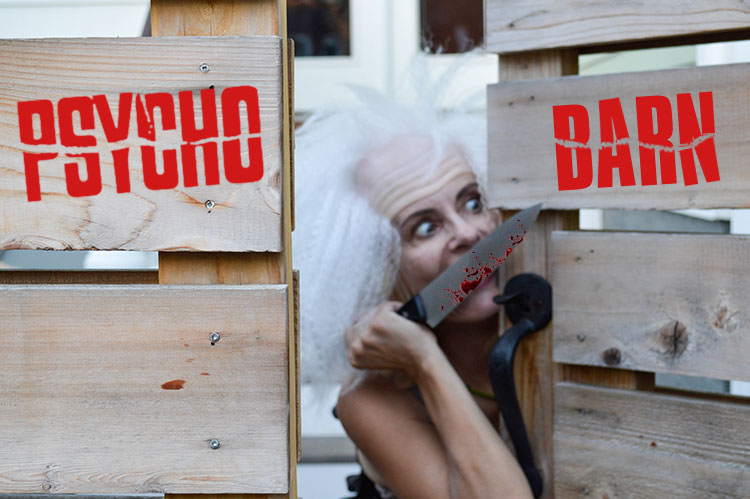
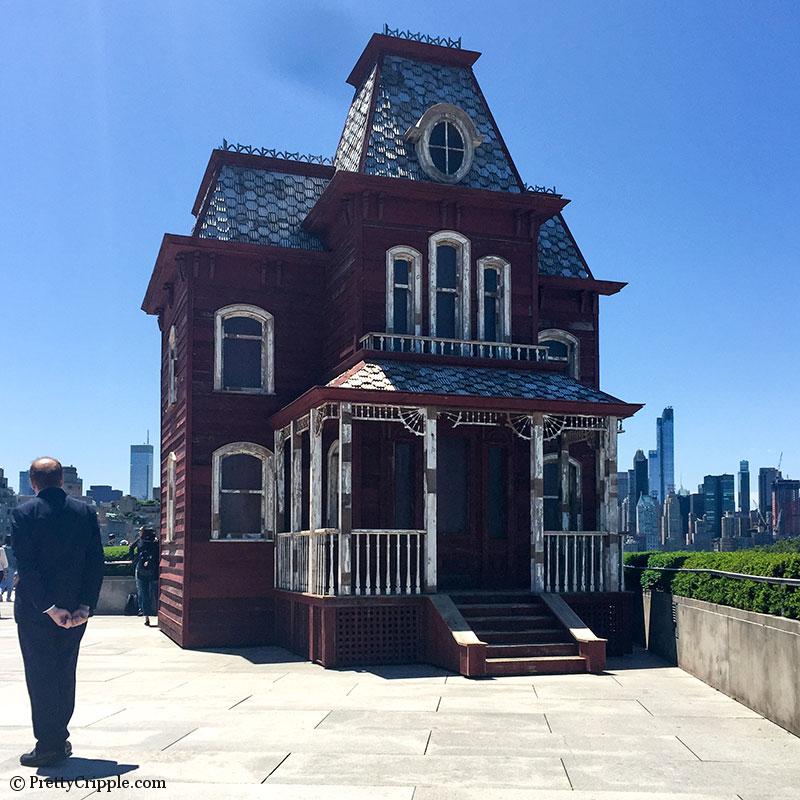
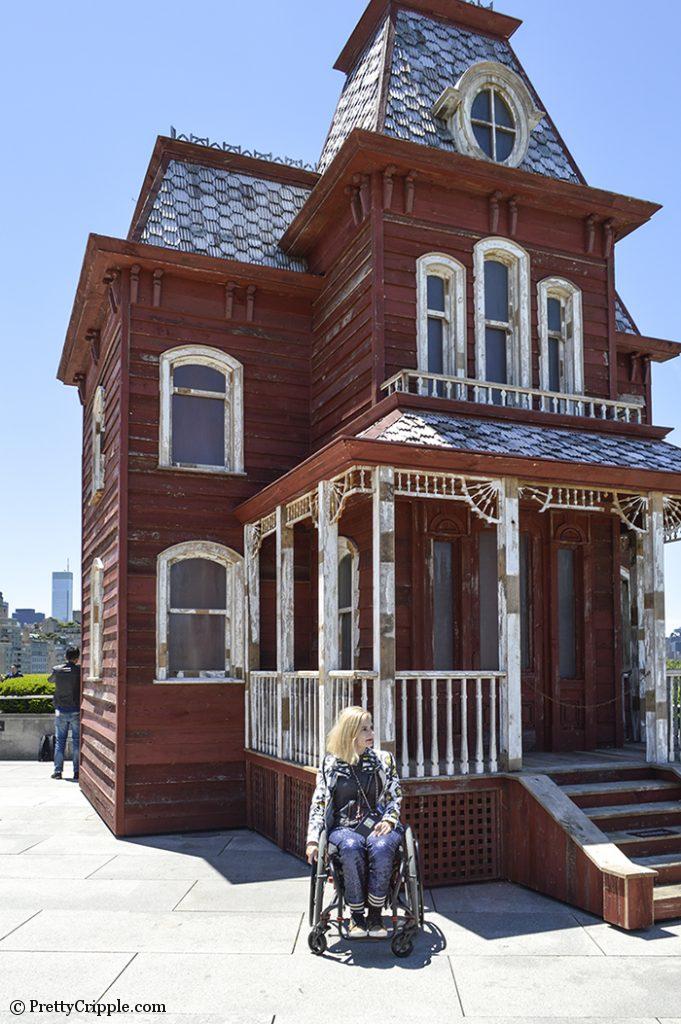
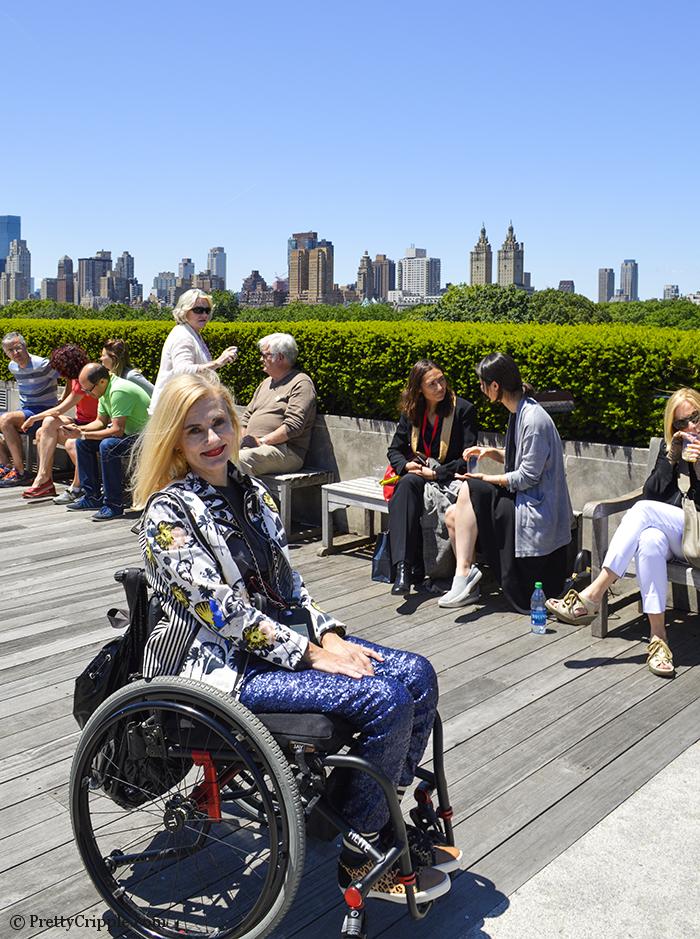
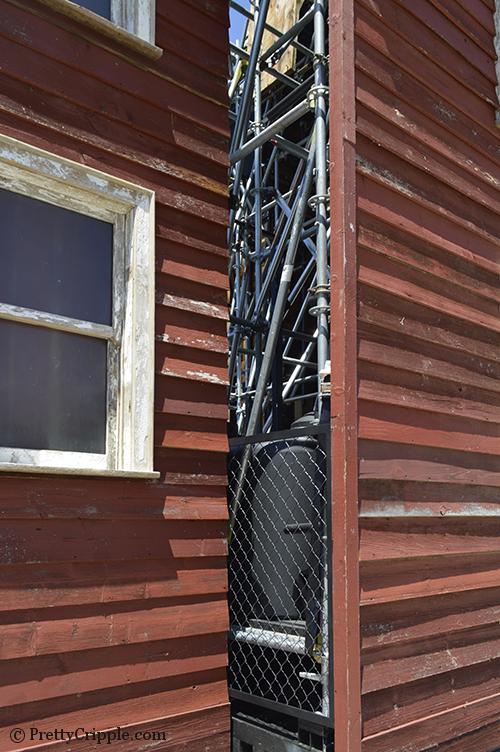













Leave a Reply